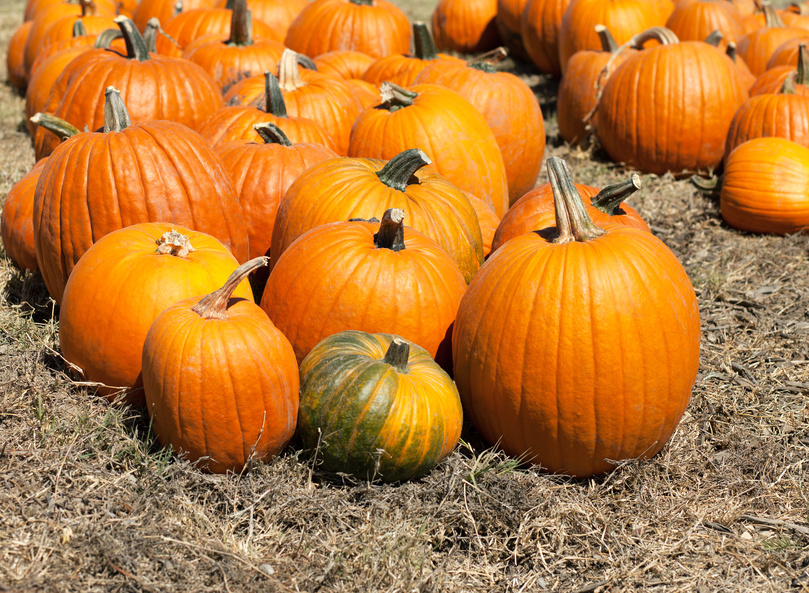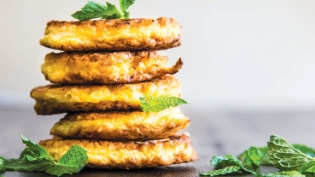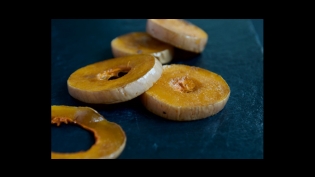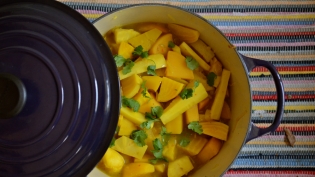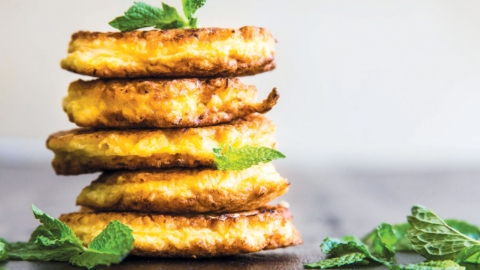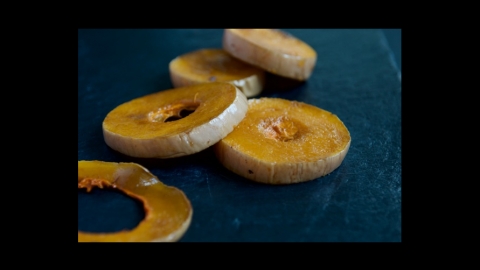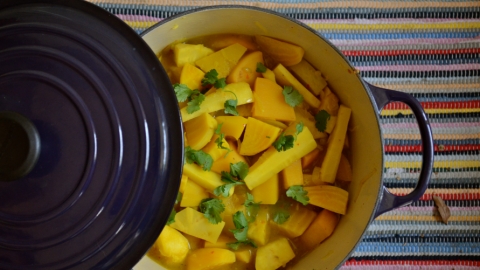The Pumpkin Patch
When you hear “pumpkin patch,” does it remind you of that annual messy endeavor scooping out pumpkin flesh, when that faintly sweet raw pumpkin smell turns a bowl of pumpkin soup into the last thing on your mind?
Or does it inspire you to try all those different winter squash with fascinating names: Lakota, Kabocha, Delicata, Cushaw, Dulce de Horno?
Pumpkins, squash and gourds all belong to the huge Cucurbitaceae family with quite literally hundreds of cultivars. While cucurbita is Latin for gourd, the family is commonly known as squash—and that includes the pumpkins we carve each fall for Halloween.
Winter squash is grown in the summer and harvested in the fall, when the squash is fully matured and skin and seeds have hardened.
The skins of mature (winter) squash are not all as inedible as they appear. While some can be simply too tough to chew, many just need a little cooking TLC to enhance their edibility. Roast them slow to caramelize and soften or fry crisp in hot oil like you would fries. For those with tough skins, brew them with herbs and spices like you would tea or add as aromatics to a stock. It is a matter of trying out!
As for the seeds: Collect them from the pulp, wash, dry and season before arranging them on a baking sheet to roast. It is worth it. Seeds are considered a nutritional powerhouse. Low in calories and cholesterol, they are an excellent source of zinc and other minerals—and a snack that can keep you happy nibbling!


